Tunisia of the late 19th century on old colored postcards
Categories: Africa | Culture | History
By Pictolic https://pictolic.com/article/tunisia-of-the-late-19th-century-on-old-colored-postcards.htmlThese magnificent colored postcards show Tunisia in all its splendor: here are busy streets, impressive architecture, and just the everyday life of the Tunisian people. The postcards were issued in 1899 and printed using the popular photochrome technique invented by a Swiss printer in the 1880s.
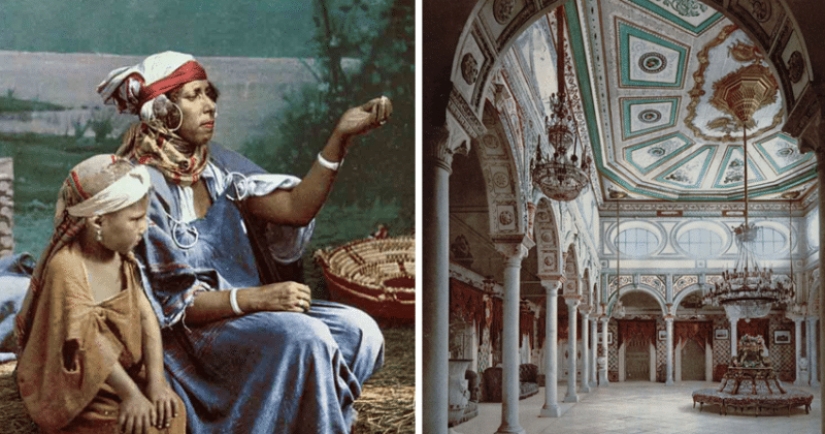
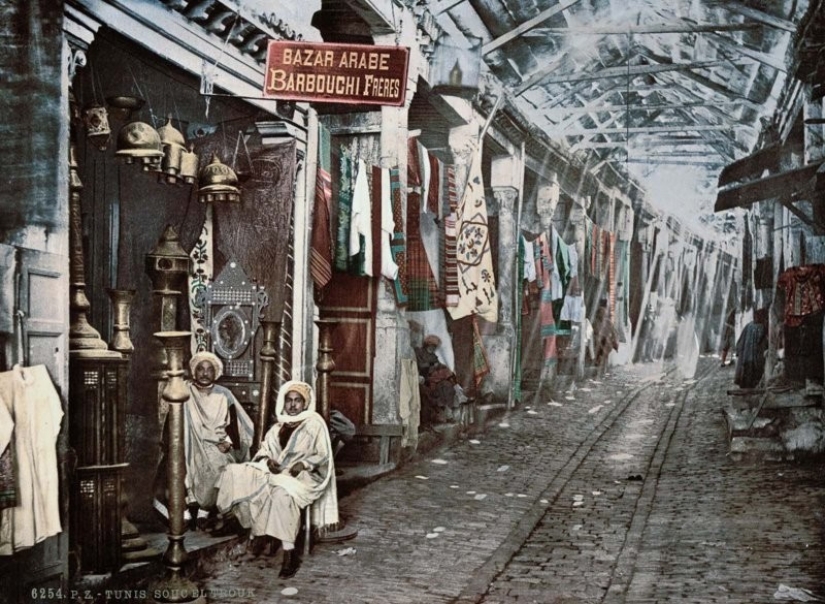
In 1881, Tunisia was occupied by the French and was under a protectorate in which the nominal power of local self-government was recognized. At one time, Europeans made up half of the Tunisian population.
There was a rapid reconstruction of the city: the French built new boulevards, residential areas and infrastructure, and the city was divided into a traditional medina with an Arab population and a new quarter populated by immigrants.
The postcards show imprints of French influence: for example, one of them depicts the almost finished St. Louis Cathedral. To build this Roman Catholic cathedral in the Byzantine-Moorish style, the French needed the permission of the Bey of Tunis.
Other postcards depict the luxurious mansions of the Tunisian monarchy, which contrasts sharply with the modest but vibrant street life: people gather in bazaars and cafes or go to mosques, nomadic Bedouins set up camp, and a wandering cook sells his goods on the street.
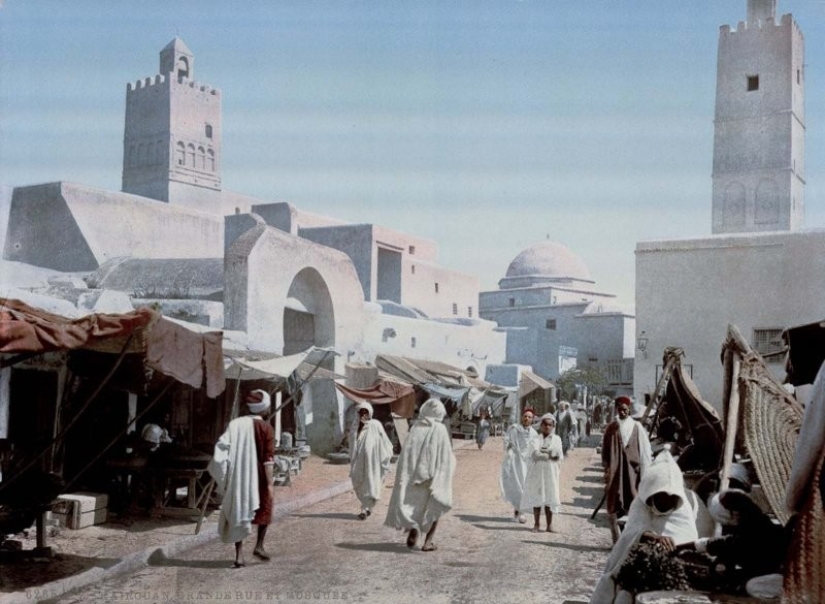
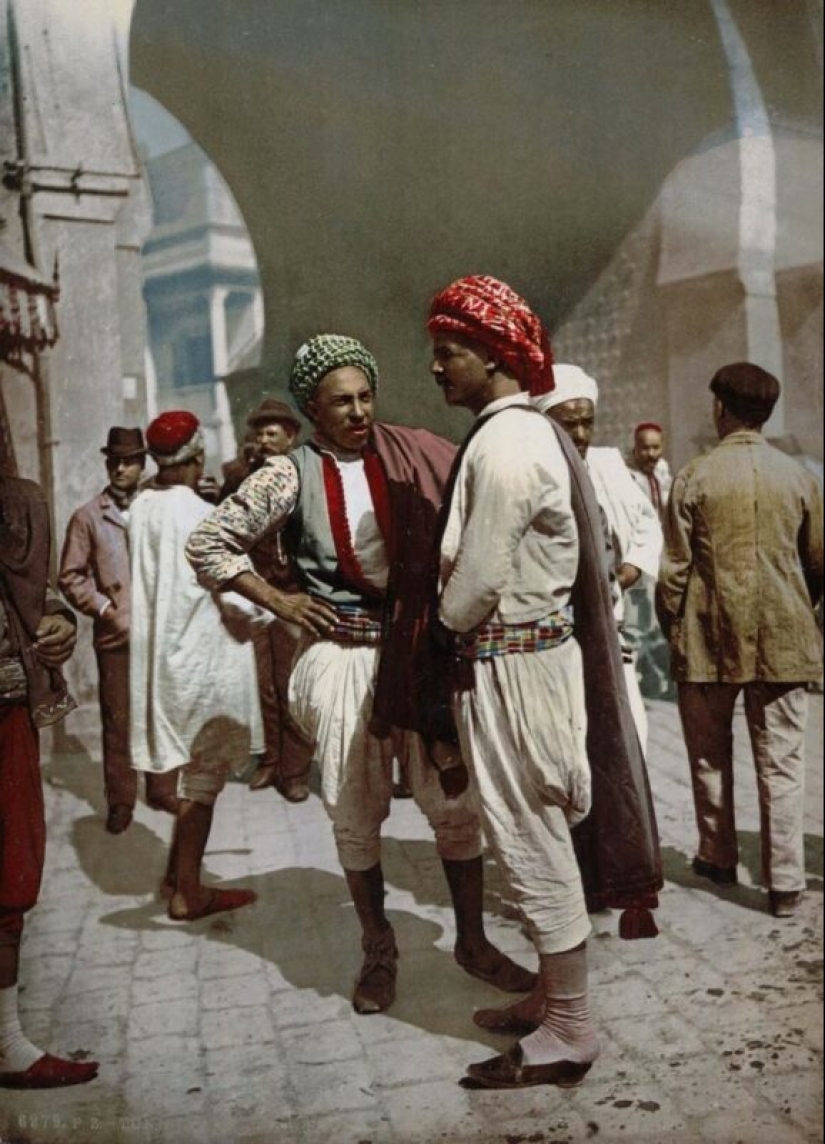
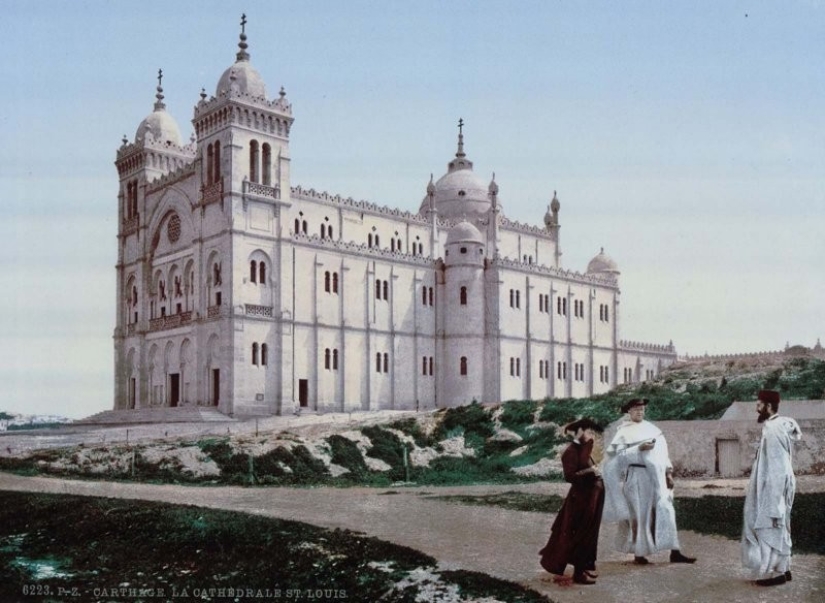
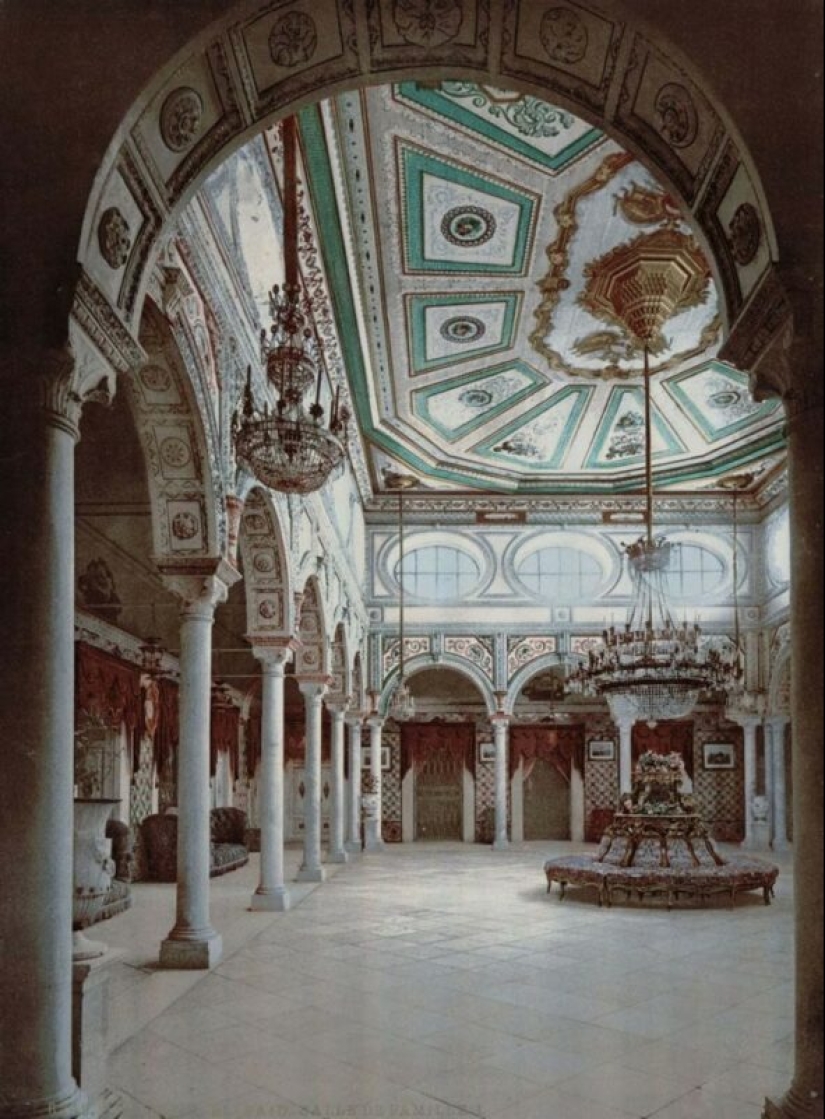
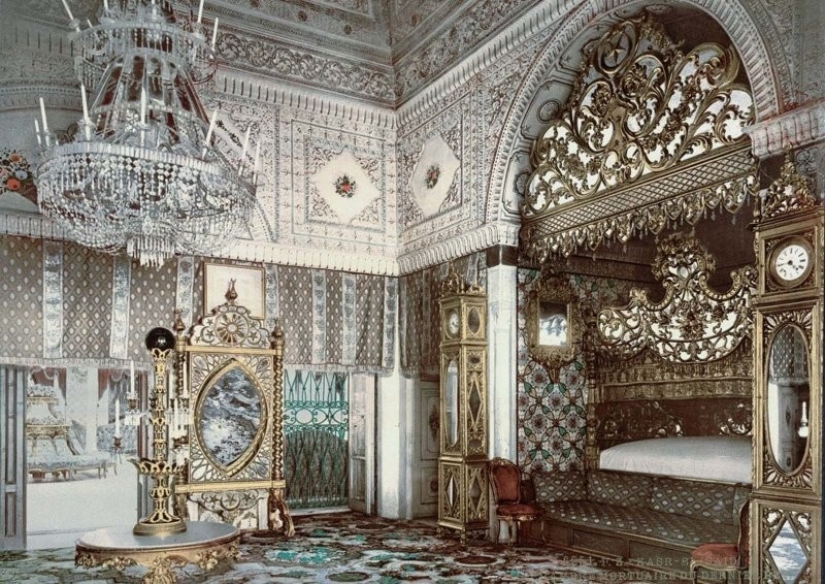
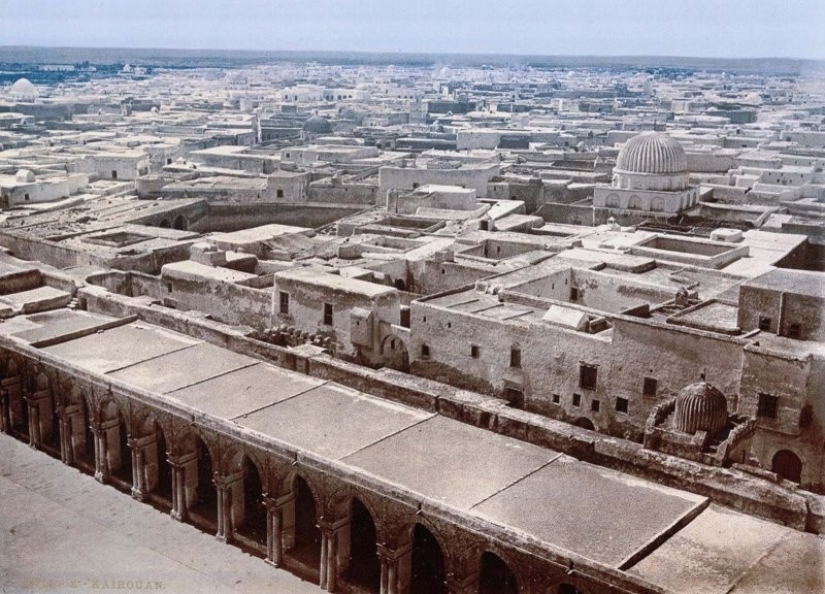
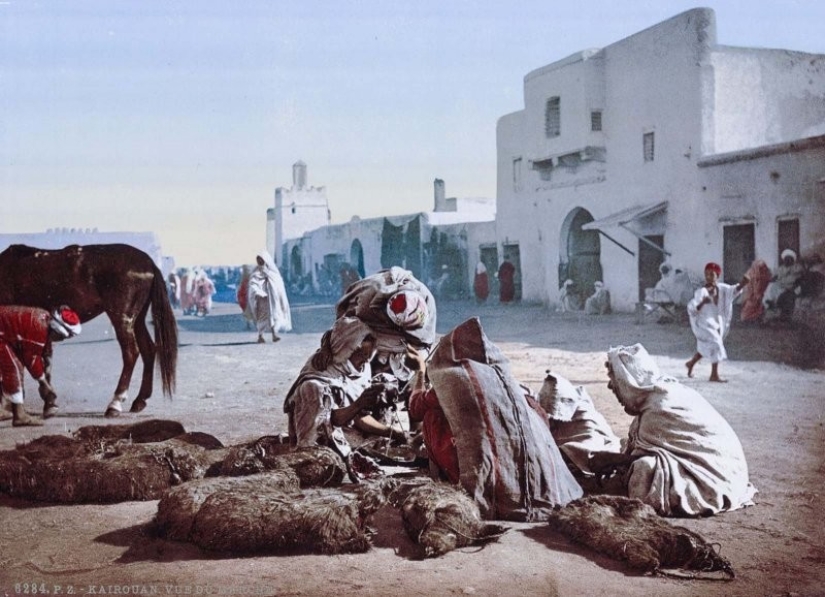
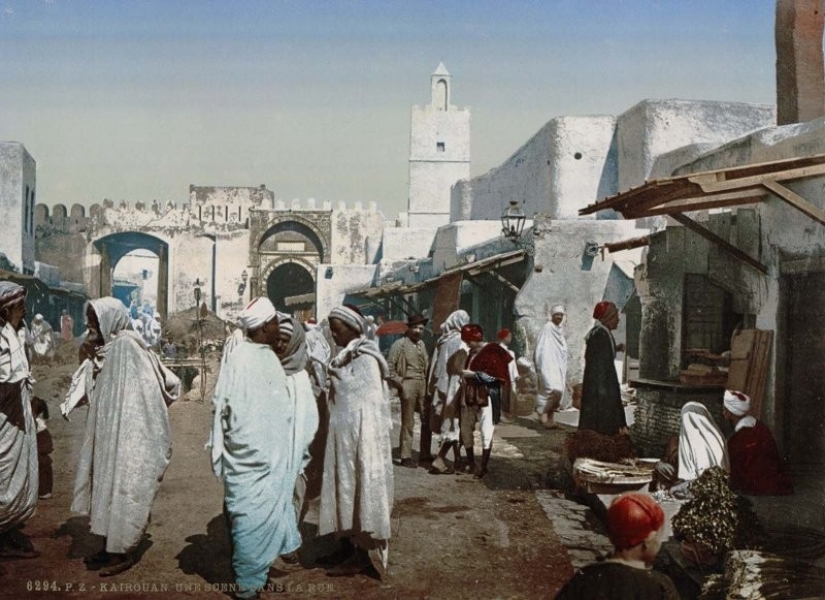
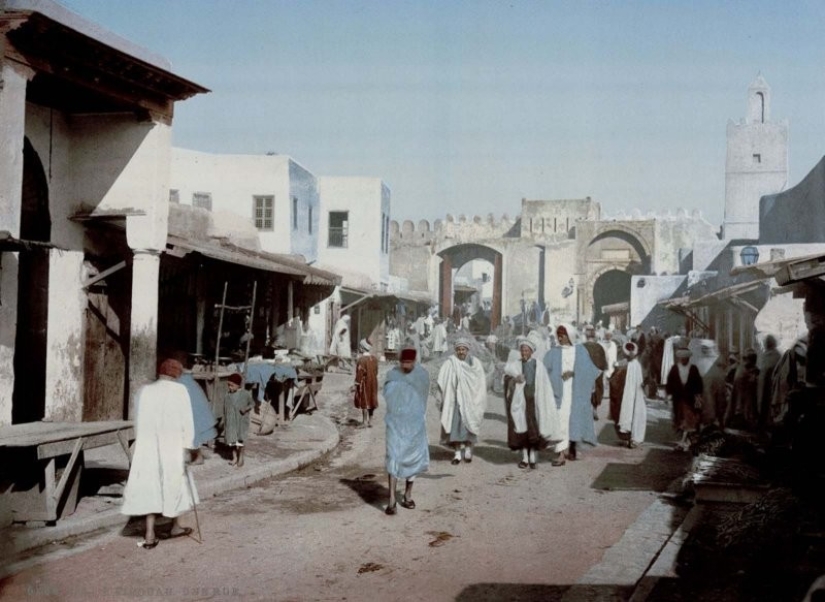
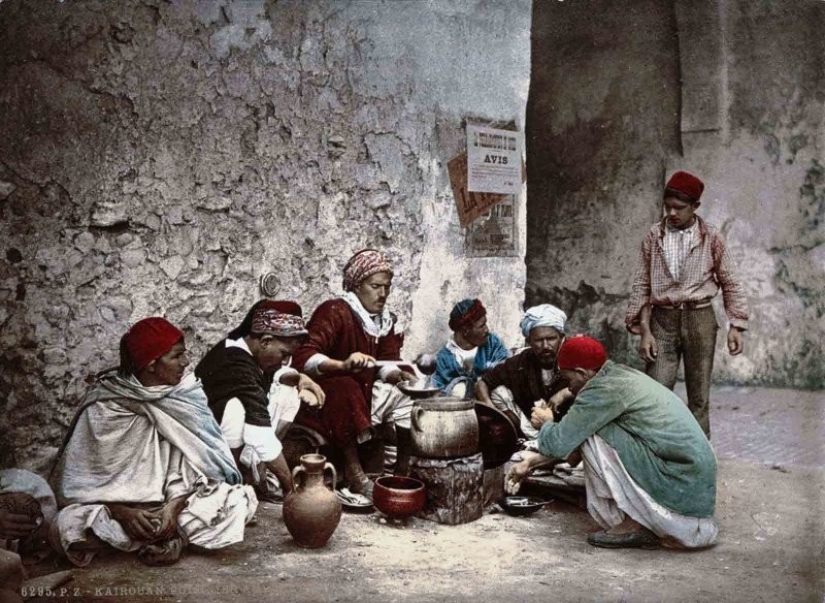
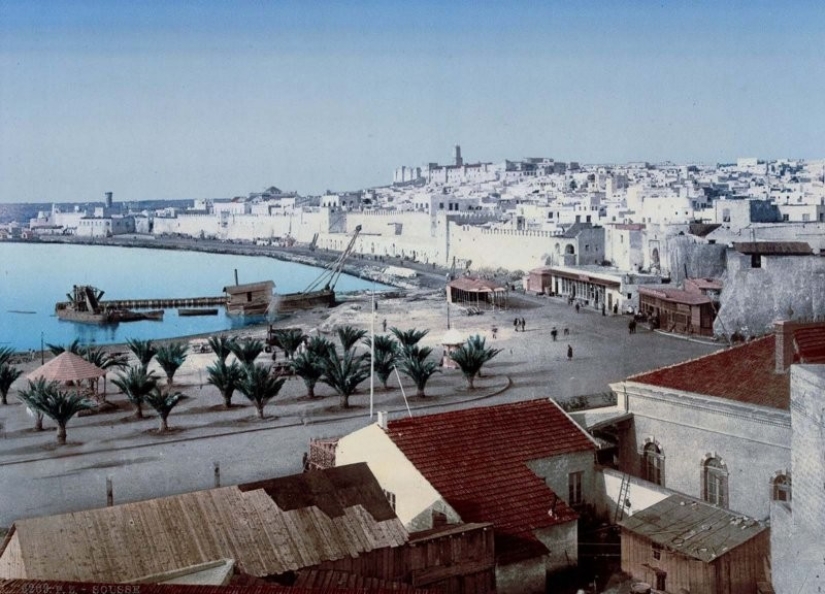
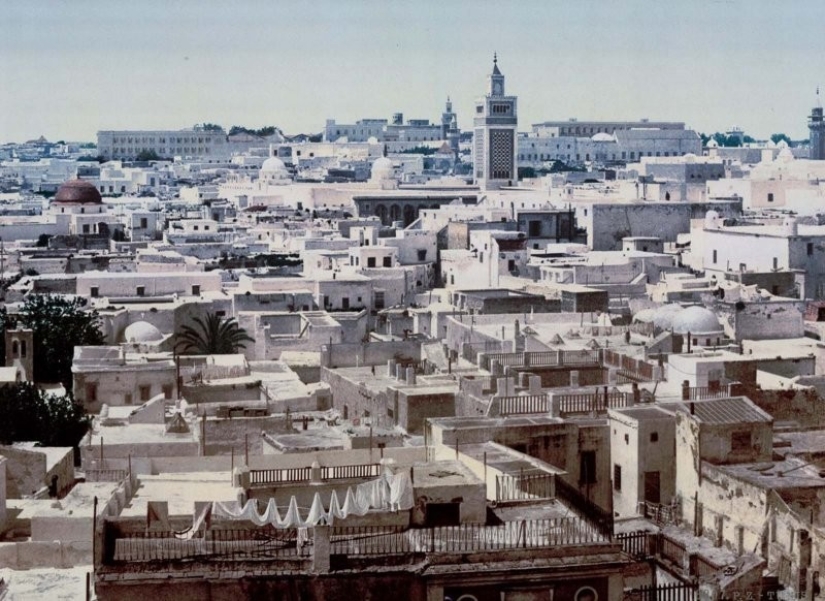
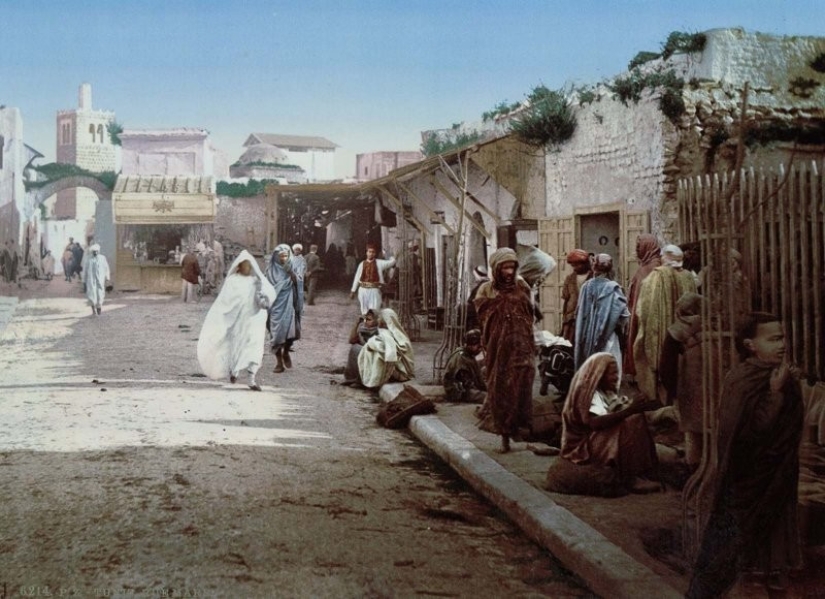
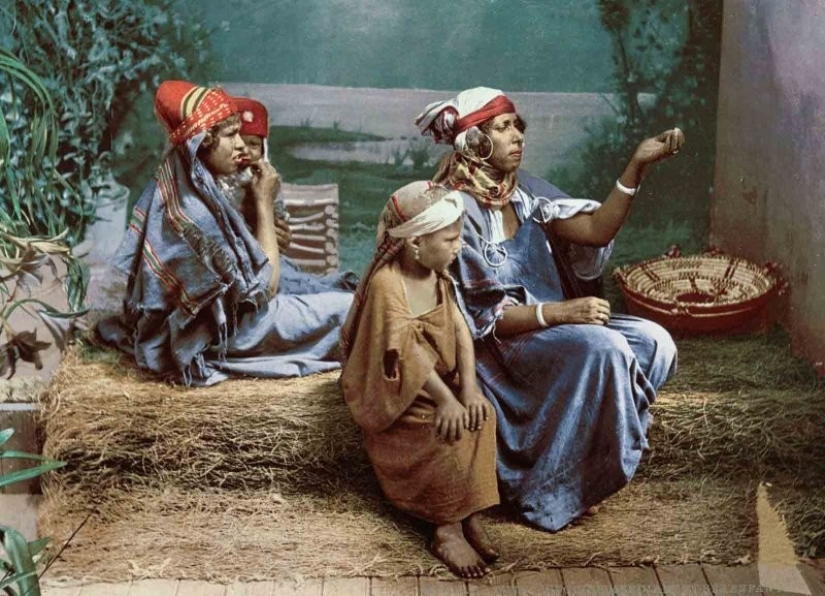
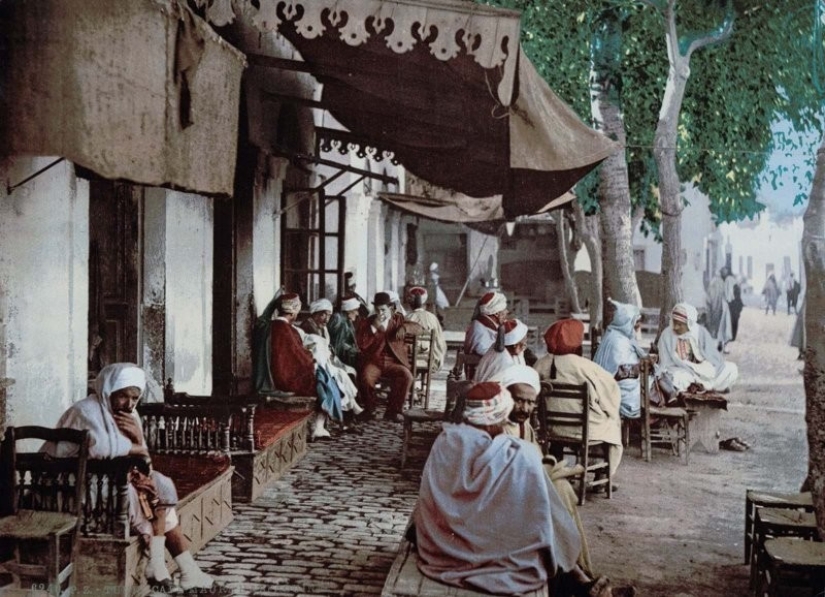
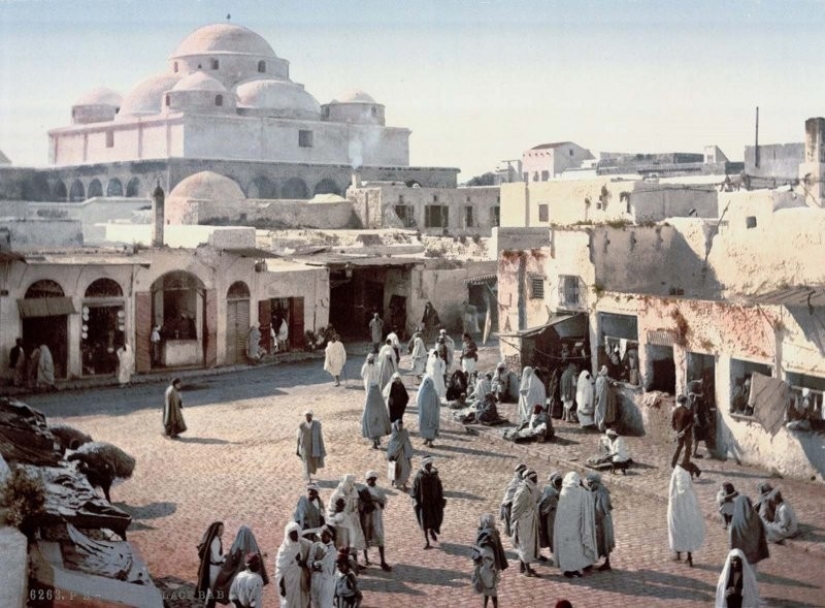
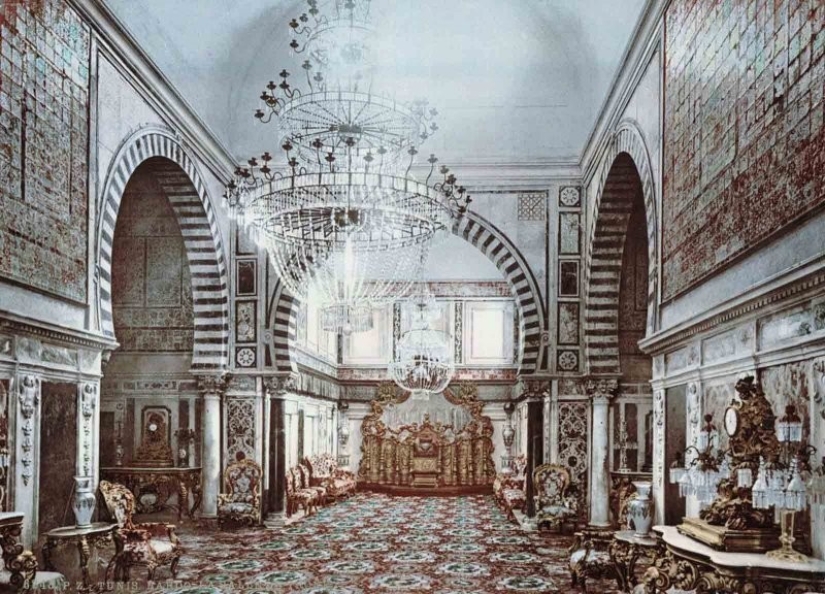
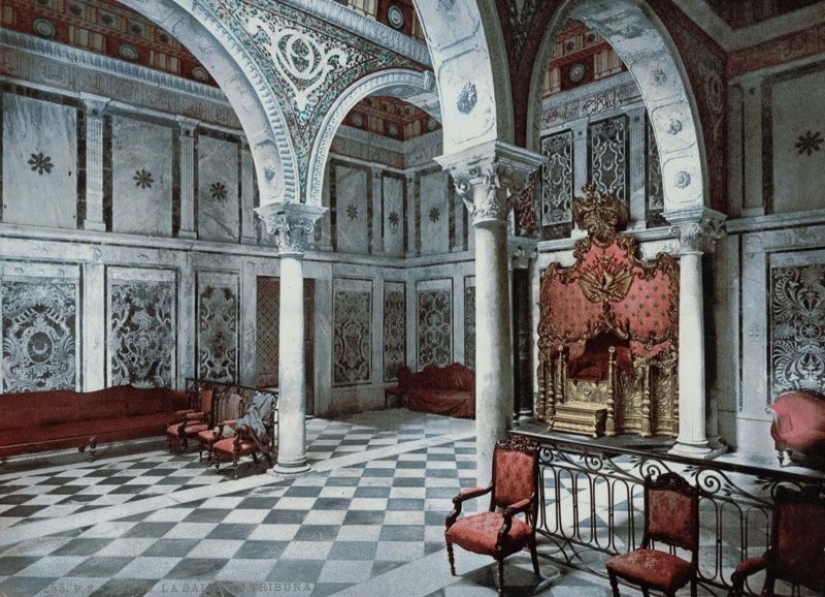
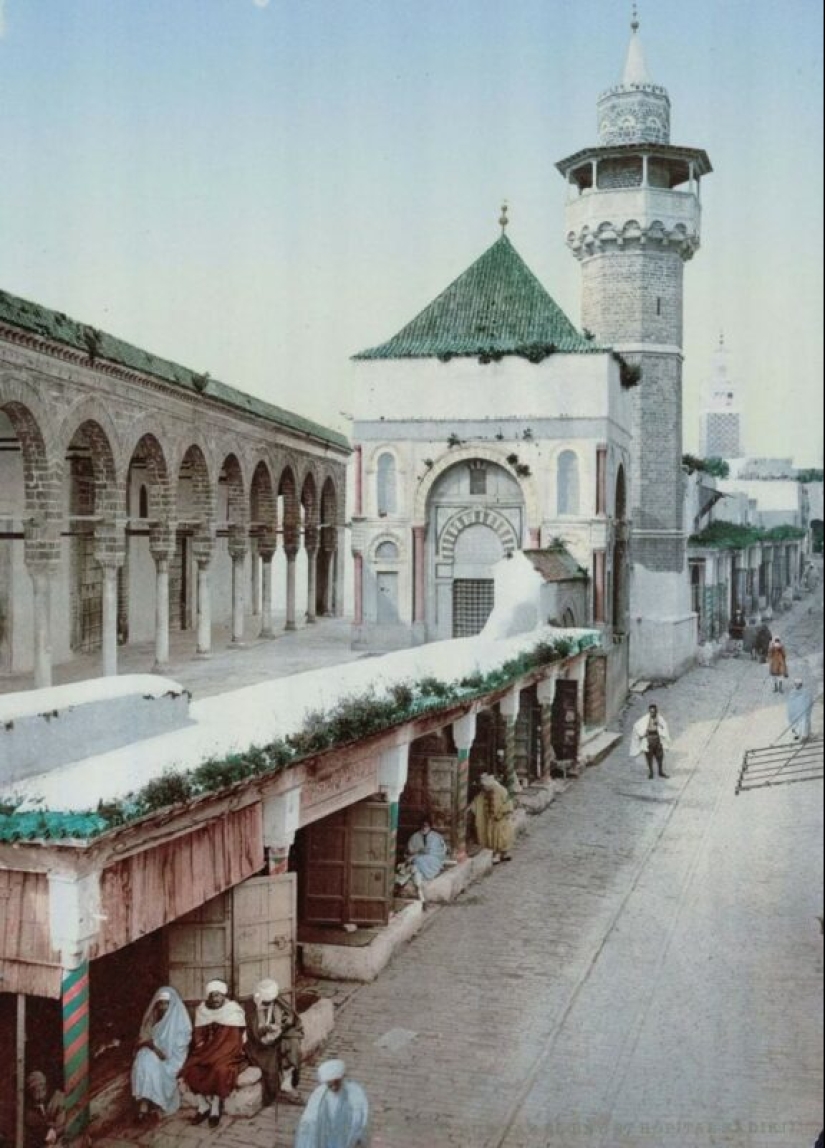
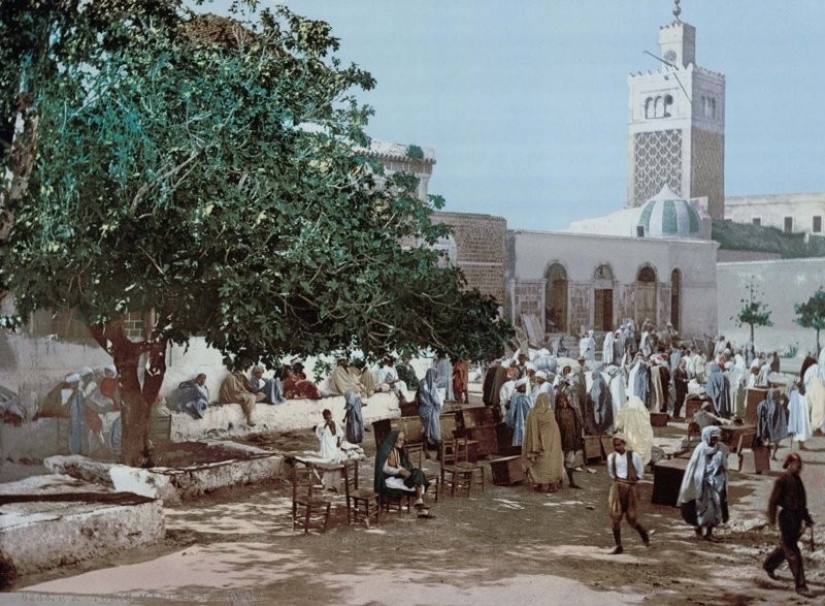
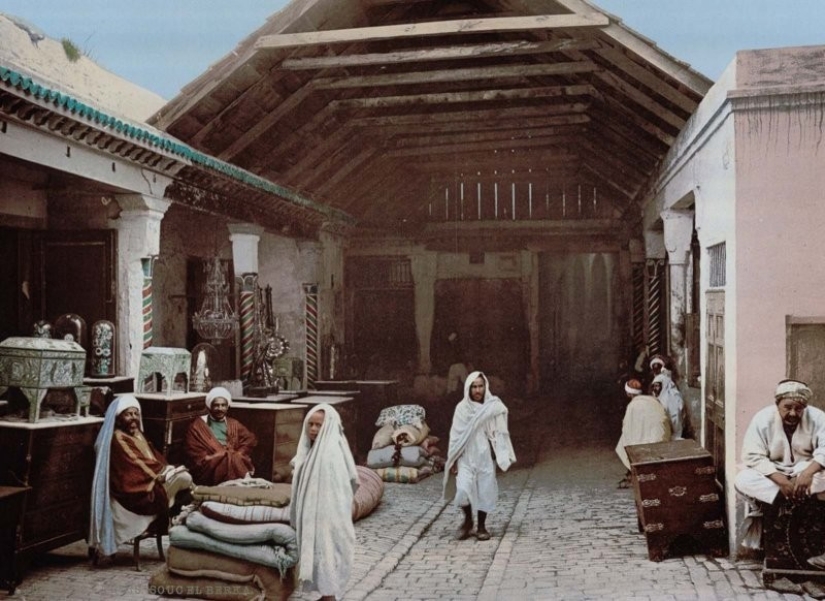
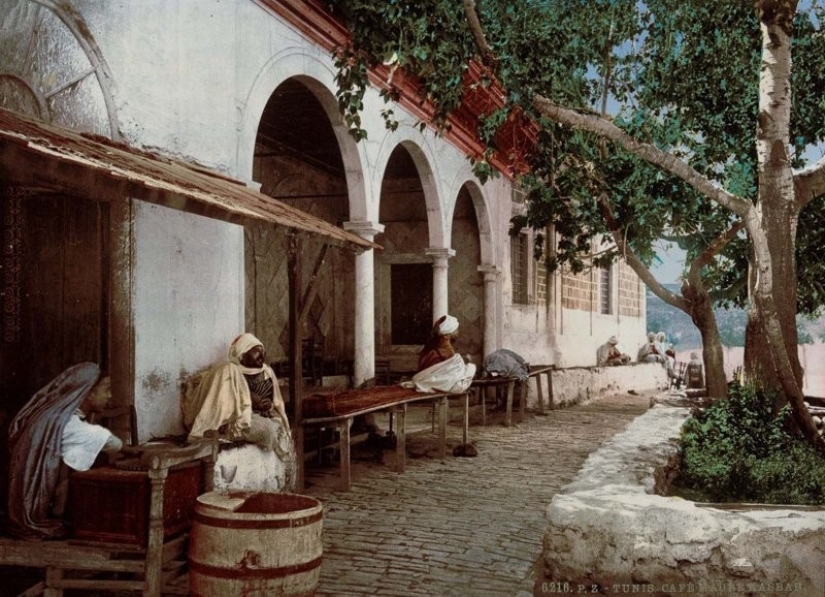
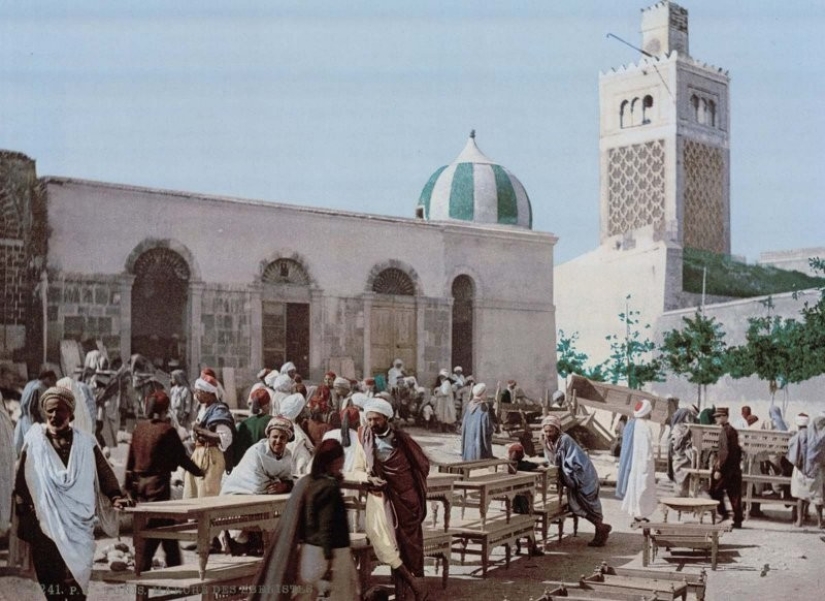
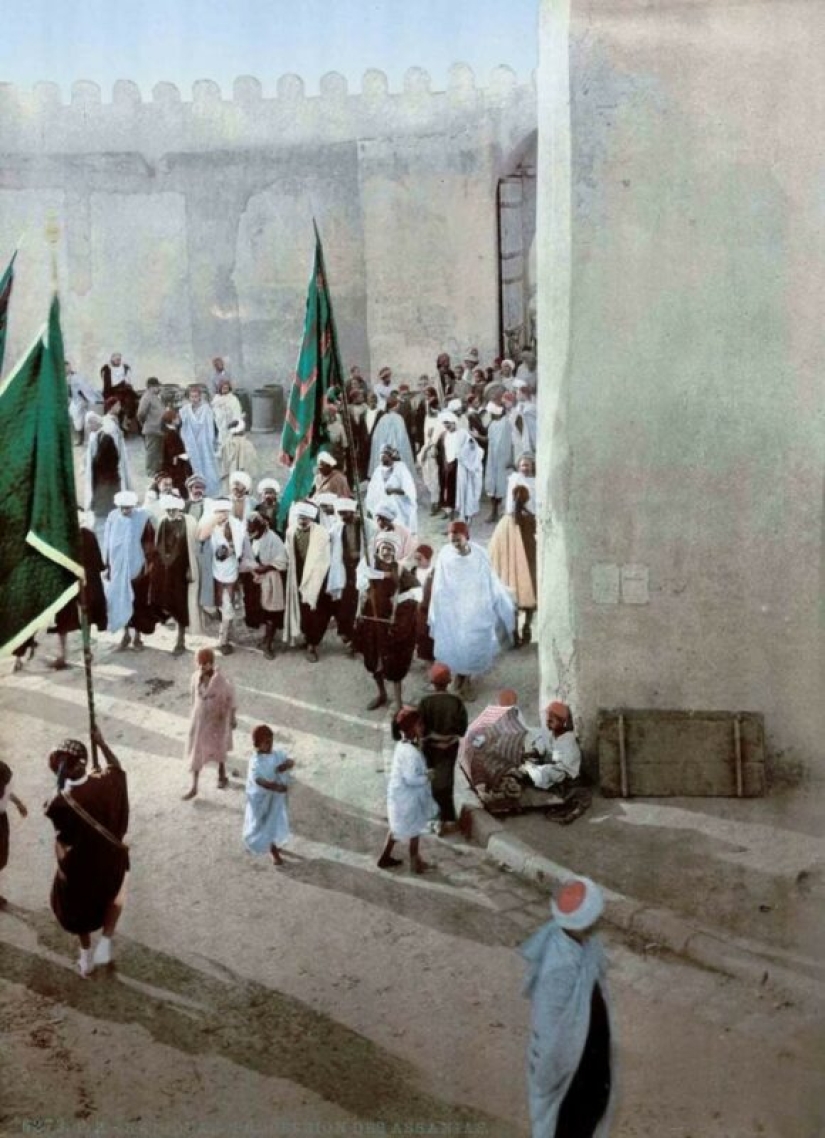
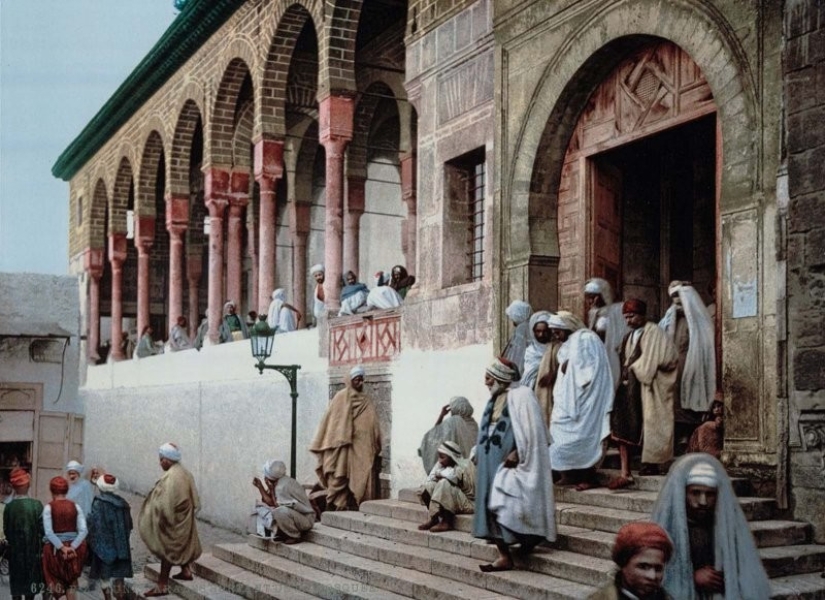
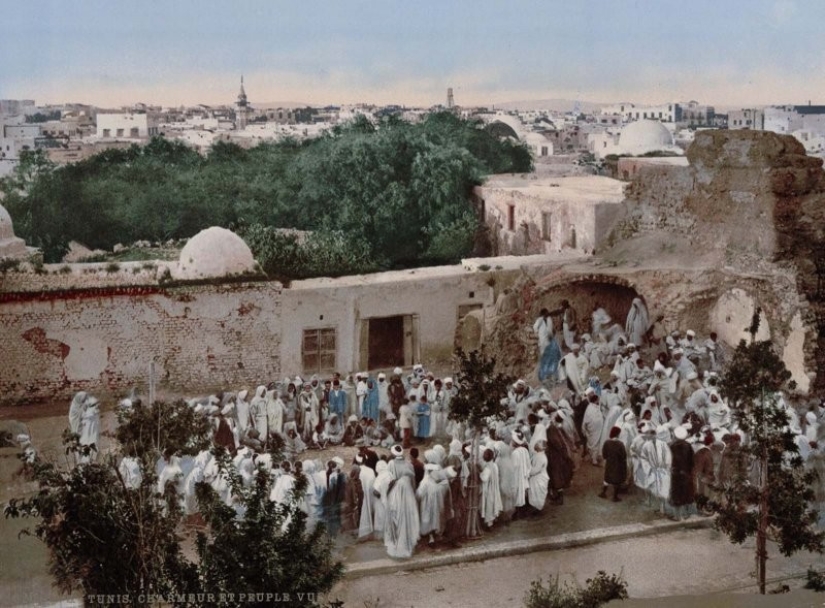
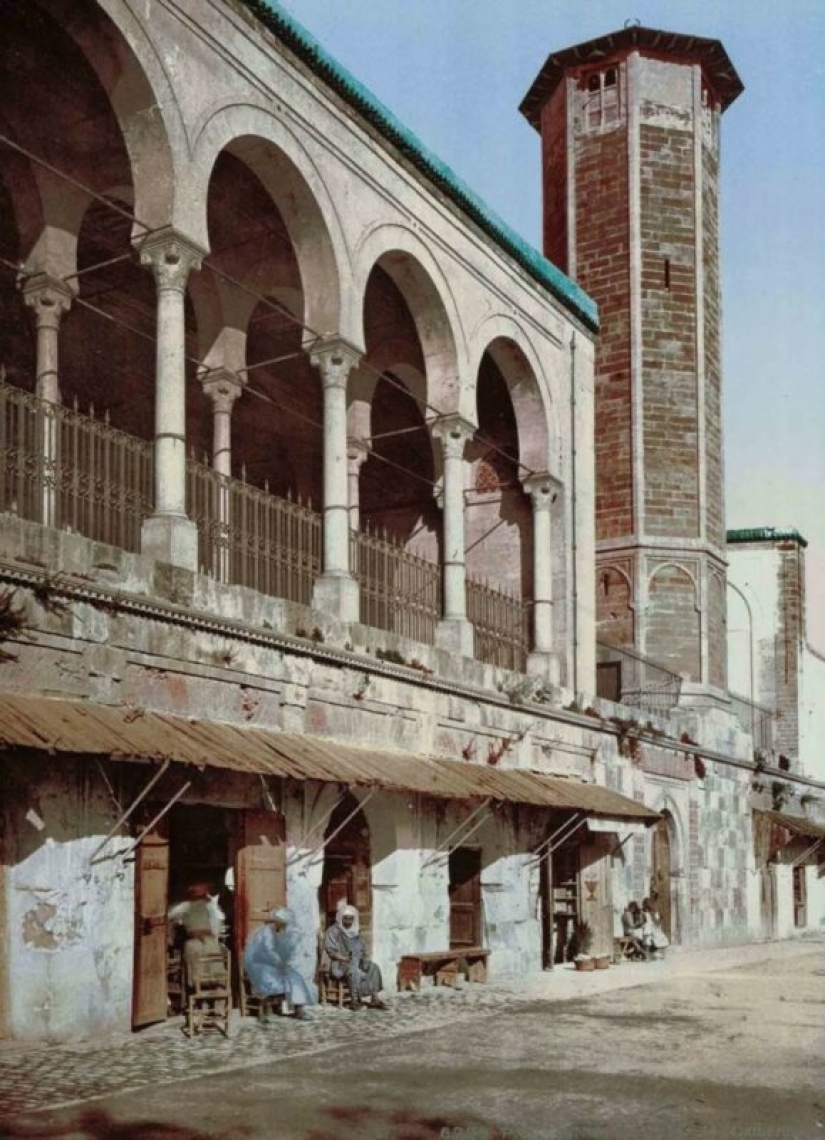
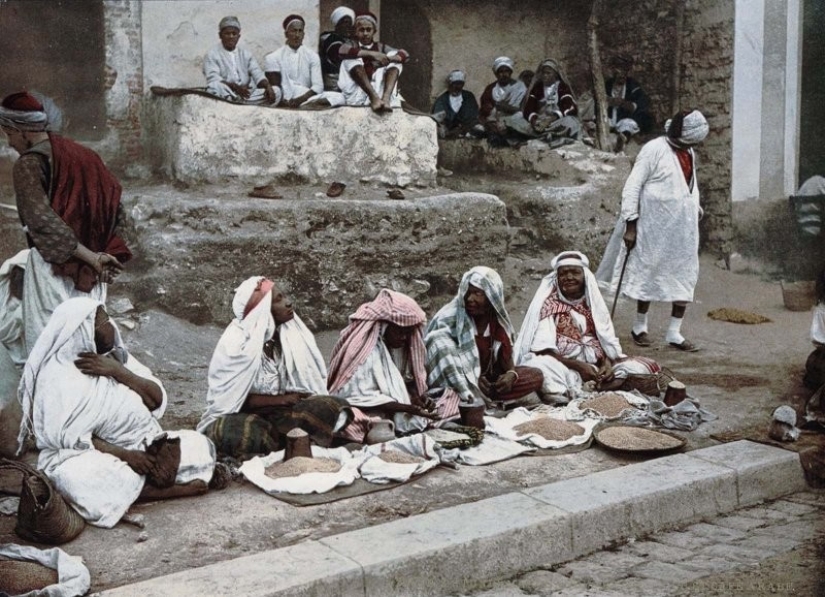
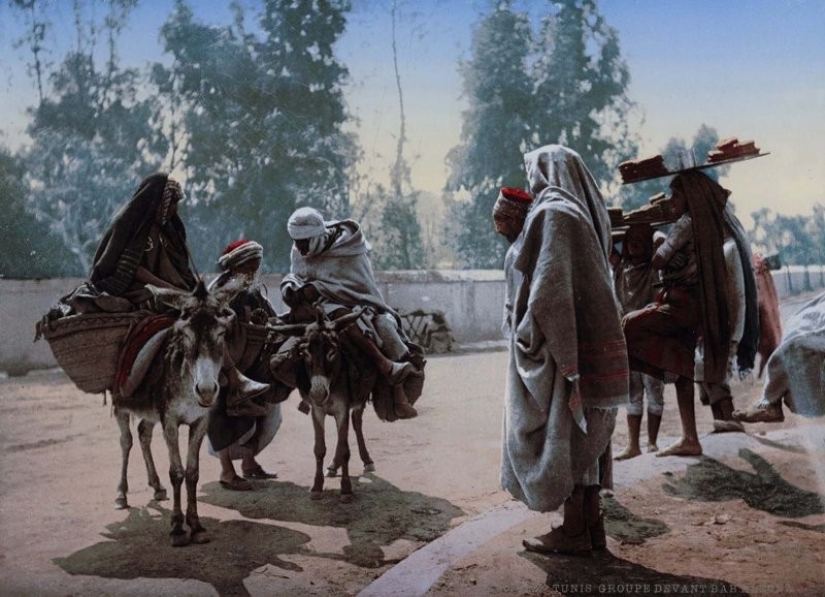
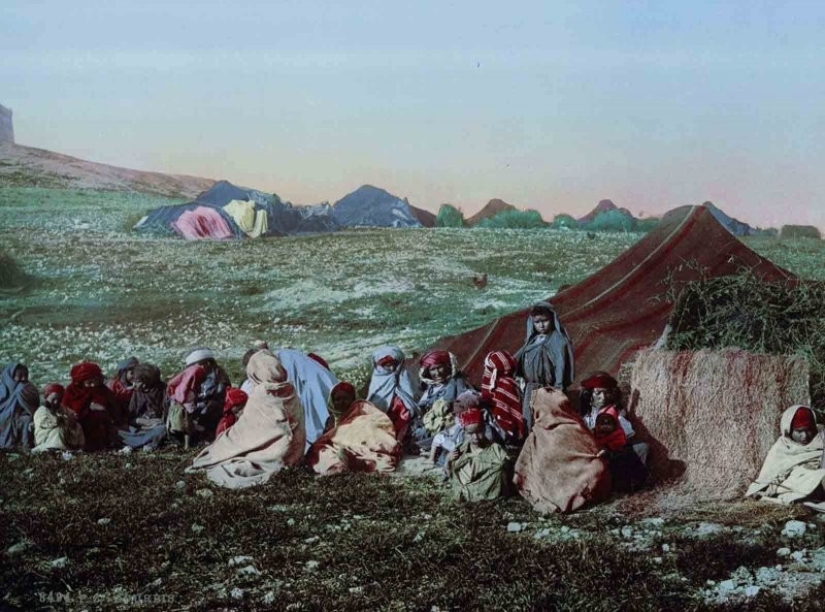
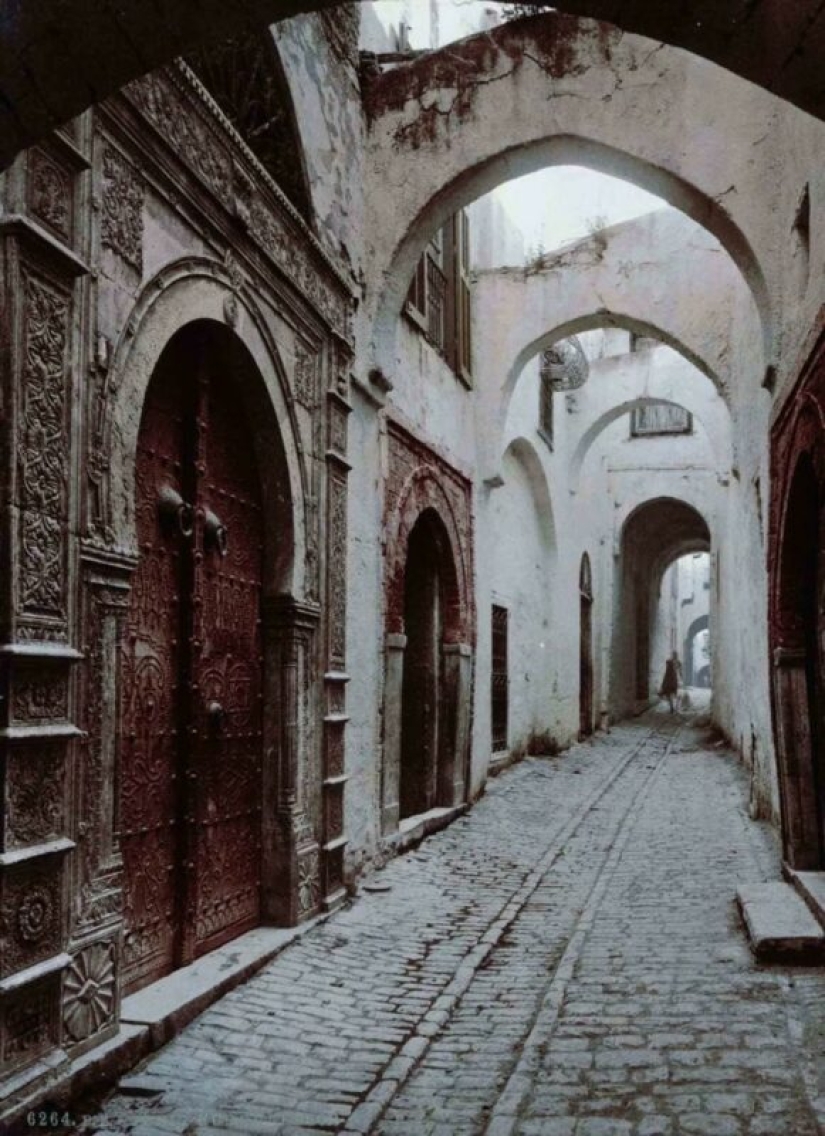
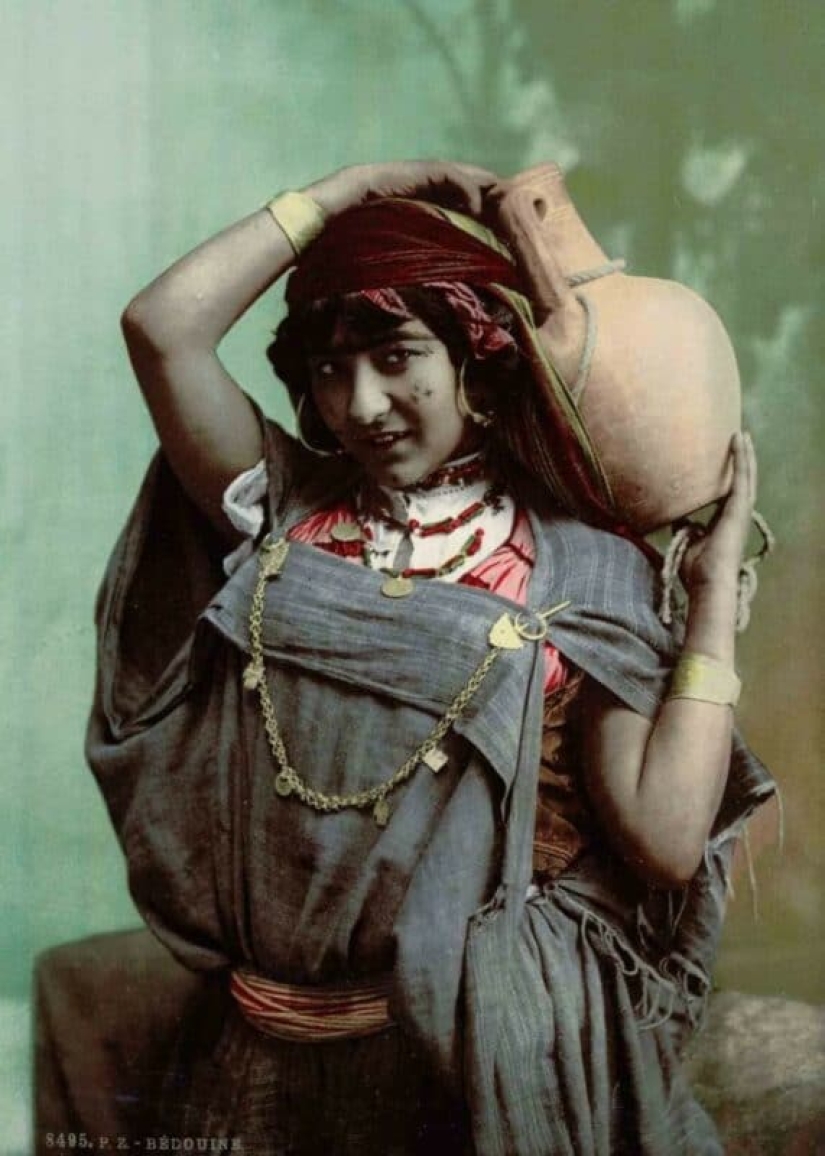
Recent articles

No wonder long hair has been considered a woman's adornment for many centuries. Girls with luxurious curls attract attention and ...

And now the artists have fans who regularly visit their concerts, stand for hours in line for a selfie or an autograph and know by ...

Sometimes a single incident can completely change a person's life, turning it into a legend whose reality is hard to believe. ...